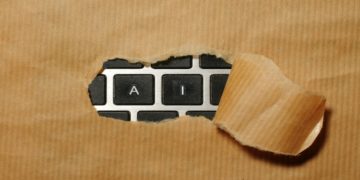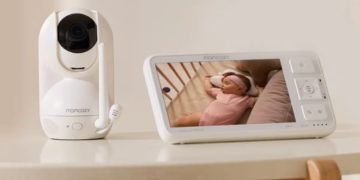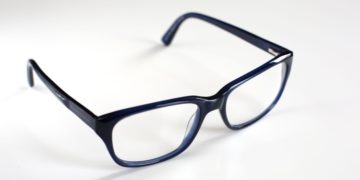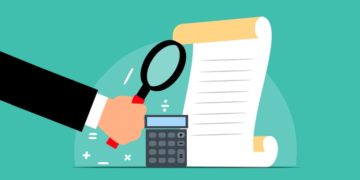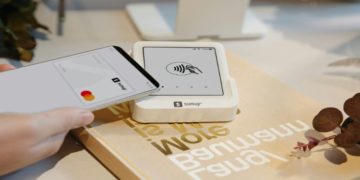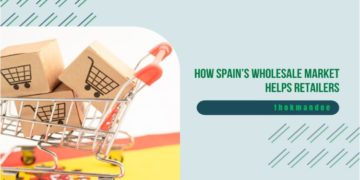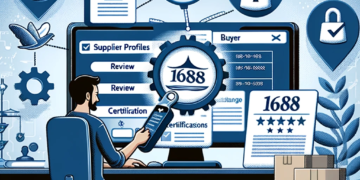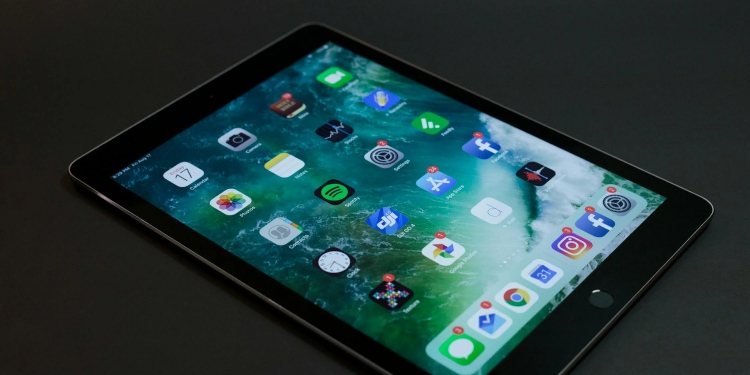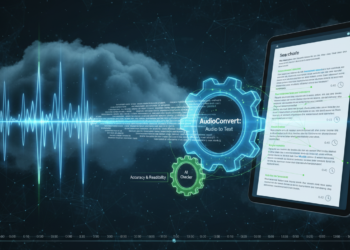Let’s be honest. Tablets are everywhere now. For streaming. For school. For work. For doom-scrolling Twitter at 2am. But buying one brand-new? That’s painful. The price tags just don’t make sense unless you really need the latest tech. Which most of us don’t.
That’s why second-hand tablets are blowing up. Especially in the UK, where folks are trying to save cash without sacrificing quality. But—and this is a big but—it’s easy to get ripped off. Dodgy listings. Wiped serial numbers. Dead batteries. Fake chargers. All that junk.
So how do you avoid the trap?
Let’s break it down.
1. Know What You Need—Not What Looks Fancy
First off, ask yourself: what are you actually using this thing for?
- Watching Netflix?
- Taking notes for uni?
- Running your Etsy shop?
- Drawing or design work?
If you’re just streaming or browsing, you don’t need the latest iPad Pro. A 3-year-old iPad or Galaxy Tab does the job. Don’t get seduced by glossy marketing or words like “Retina” and “Liquid Retina” and whatever other buzzwords Apple makes up.
Write down the apps you’ll use. Make sure the tablet can run them. That’s it.
Stick to Known Brands
Not to sound snobby—but avoid unknown or “off-brand” tablets unless you know what you’re doing. Support might be trash. Updates non-existent. Resale value? Forget it.
Stick with:
- Apple iPads (Air, Mini, base models—older generations are fine)
- Samsung Galaxy Tabs (especially S-series)
- Lenovo Tab series
- Amazon Fire Tablets (basic but cheap and solid for streaming/kids)
You want something with decent support, replaceable parts (if needed), and accessories that are easy to find.
3. Avoid Facebook Marketplace (Unless You’re Brave)
Yeah, it’s tempting. You see a “like-new” iPad for £80 in your area. But then you message the seller and everything feels… off.
If you’re buying in person, meet somewhere public. Bring a friend. Check the tablet on the spot. Turn it on. Test the Wi-Fi. Open apps. Check the screen for dead spots. Look at the charger port. Is it charging? Is it legit?
But honestly? Most people are better off avoiding FB Marketplace unless you’re super confident and know what red flags to look for.
4. Use Trusted UK Sellers
You’re better off buying from people or platforms that back their stuff.
Here’s where to look:
- Back Market – Specialists in refurbished tech, with warranties.
- MusicMagpie – Decent grading system, UK-based, 12-month warranties.
- Amazon Renewed – Good return policies. Sometimes pricier.
- eBay (UK) – Stick to Top Rated Sellers or business accounts with high feedback.
- CEX (web or in-store) – Might cost a bit more, but you get a 2-year warranty.
Avoid listings that say things like “no returns,” “sold as seen,” or “might need repair.” That’s code for “this tablet is probably toast.”
Check the Serial Number or IMEI
If it’s an iPad or a tablet with mobile data (SIM slot), ALWAYS ask for the serial number or IMEI first.
Then go to:
- Apple’s site to check warranty and activation lock: https://checkcoverage.apple.com/
- IMEI checkers like IMEI.info to make sure it’s not blacklisted
If the seller won’t give you that info, walk away. Fast.
Look Out for These Common Scams
Here’s the stuff scammers do that catches people out:
- Activation locked iPads – You can’t unlock them without the original owner’s Apple ID. Might as well be a paperweight.
- Reboxed fakes – Tablet looks fine but it’s not the real thing. Especially risky on eBay or gumtree.
- Battery bluffing – Seller charges it to 100% and hands it over. But within an hour it’s dead. Always ask how long the battery lasts.
- Cracked screen “you can’t see” – Yeah, until you turn it on and there’s a purple line through the middle.
- “Won’t update” – If it’s stuck on an old version of Android or iOS, it might be unsupported and basically useless for modern apps.
Grading Matters—but Don’t Obsess Over It
You’ll see terms like “Grade A,” “Grade B,” or “Like New,” “Good,” “Fair,” etc.
Here’s a quick rule:
- Grade A / Like New – Nearly perfect. Expect to pay more.
- Grade B / Very Good – Some small scuffs, works perfectly.
- Grade C / Good or Fair – Noticeable wear. Cheaper, but test everything carefully.
Photos help. If the seller won’t provide clear pics of their actual tablet? Don’t bother.
Batteries Die. Be Realistic.
Batteries wear down over time. That’s life.
If you’re buying a 5-year-old tablet, it won’t last all day like it used to. Unless it’s been replaced (rare), expect a few hours at most.
If battery life matters, spend a bit more for a newer model or one that’s had a new battery installed – and get that in writing.
Accessories? Don’t Stress.
If it doesn’t come with the charger or original box, don’t panic.
You can get decent replacement chargers on Amazon or in stores like Currys or Argos. Just make sure they’re compatible. Some cheap ones can fry your device or charge it slower than a dying candle.
Stylus or keyboard not included? That’s normal. Factor it into your budget if you need one.
Final Thought: If It Feels Sketchy, It Probably Is
Trust your gut. If the deal feels too good, the seller’s dodgy, or something’s just… off—walk away. Tablets are everywhere. Another one will pop up tomorrow. And it won’t come with drama.
Second-hand doesn’t have to mean second-rate. Just be smart, ask questions, and don’t rush. The right tablet’s out there—and it won’t cost your sanity to find it.
David Prior
David Prior is the editor of Today News, responsible for the overall editorial strategy. He is an NCTJ-qualified journalist with over 20 years’ experience, and is also editor of the award-winning hyperlocal news title Altrincham Today. His LinkedIn profile is here.



